JFK International Air Terminal (T4)
Tracking Passenger Movements to Predict Wait Times
At John F. Kennedy International Airport (JFK), JFK International Air Terminal (JFKIAT) operates Terminal 4 (T4). T4 is the largest terminal at the airport, serving over 34 international and domestic airlines and more than 21 million passengers in 2018. JFKIAT installed a camera system within T4 to learn about passenger movements and social distancing, monitor congestion at check-in, and alleviate peaks in Transportation Security Administration (TSA) screening. In 2019, JFKIAT partnered with Copenhagen Optimization, a software consultancy firm, to implement an advanced analytics platform that integrates different sources of information in order to forecast wait times. Flight schedule information is analyzed to identify trends in the number of passengers arriving throughout the day and estimate arrival times at security checkpoints. The analytics models predict the length of security queues and wait times, and camera data is used to adjust the prediction models to make better recommendations for the number of security lanes needed, improving customer service.
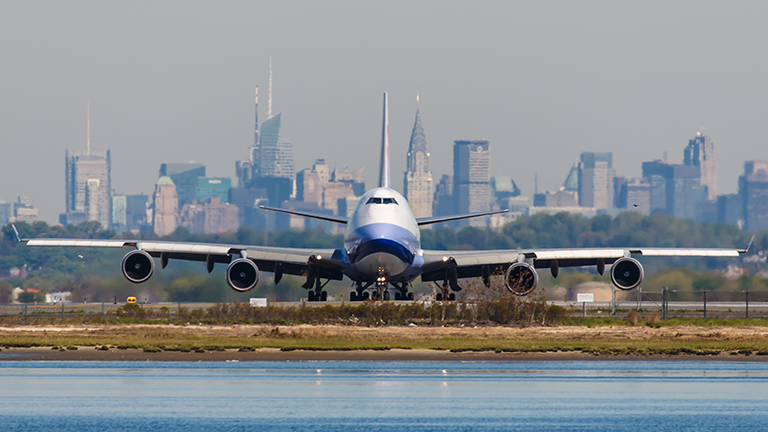
Airport Demographics
Northeast United States
JFKIAT
19,000 Employees
Data Analytics Capabilities at JFK T4
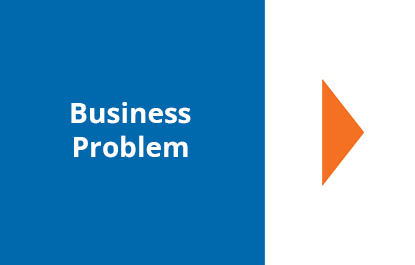
- Airlines and carriers at JFK T4 were experiencing high passenger wait-times and congestion in key areas.
- Passengers arriving at check-in during early morning hours, before service counters were open, led to congestion.
- Congestion at check-in areas, and social distancing during COVID-19 pandemic, led to increased passenger wait-times.
- T4 is seeking to improve operational efficiency and allow passengers more time in the retail concessions areas.
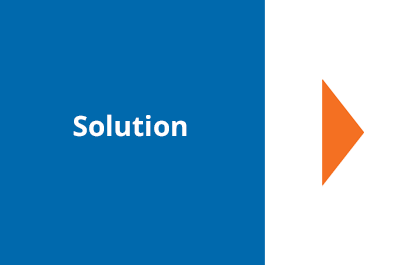
- JFKIAT partnered with Copenhagen Optimization to implement an analytics platform to forecast wait times.
- Flight schedule data was used to identify trends in passenger arrivals and forecast daily passenger loads.
- Analytics models predicted the numbers of passengers arriving at security, length of the queue, and wait times.
- Camera data was used to adjust prediction models and provide recommendations for opening security lanes.
- Analytics forecasts were updated based on flight schedules, which helped reduce passenger-wait times.
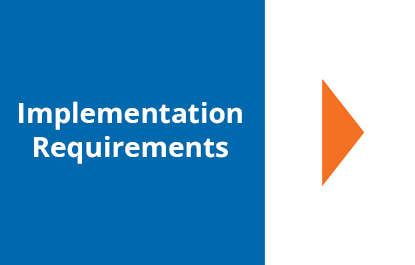
Technical Requirements
- Video cameras were installed to record passenger movements at key areas in real time (5-minute intervals).
- Copenhagen Optimization analytics software was used to develop passenger profiles and forecasting models.
- Flight schedule data from the airlines was obtained to develop passenger load profiles and arrival times.
- Analytical models integrated flight schedule information and camera data to inform operational decision-making.
- Data dashboards illustrated passenger loads and communicated recommendations to security staff.
Human Capital Requirements
- Copenhagen Optimization provided the expertise and consulting experience to develop the analytics platform.
- Consulting partners provided training to internal end users and airport stakeholders on how to use the analytics solutions.
- Data literacy, knowledge of basic analytics, and the ability to communicate about data to others are needed.
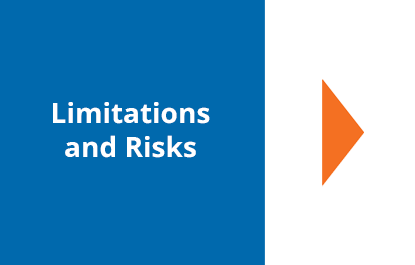
Data and Technology Limitations
- Cameras provide data about passenger movement but cannot provide flight information, requiring additional data.
- Predictive models include some degree of measurement error in predicting passenger-wait times but are not exact.
- Profiles developed using algorithms are based on extrapolation, correlation, and assumptions of data.
- Cameras are sensitive to context and setting, and reprogramming cameras is a lengthy process.
People and Process Limitations
- Minor conflict with TSA staff about the readiness at peak times when presenting the results of predictions model.
- JFK T4 relies on external vendors to collect and manage data and develop predictive models for data dashboards.

- Prediction models based on passenger arrival profiles and camera data helped reduce security-wait times.
- Dashboards inform internal teams in real time about high wait times to support operational decision-making.
- TSA contractors receive alerts to open new lanes based on forecasts to alleviate congestion and queue length.
- Model forecasts can be generalized to other areas in the airport, such as check-in, shuttles, and retail areas.
Change Management Strategies
- Included airport leaders and internal stakeholders throughout the process, as well as communicated benefits of the analytics platform to support behavior changes.
- The senior operations manager met weekly with TSA representatives to involve them in the implementation of analytics and reporting dashboards.
- Data literacy training was provided for internal teams to support end users in interpreting data and communicating about data, as well as walking through the system.
- Alert system sent text alerts to notify operational teams in different parts of the airport to prepare for anticipated peaks in passenger demand.
- Analytics models provided insights to TSA agents for opening additional security screening lanes, to move toward more data-based decision-making.
Greatest Challenges & Lessons Learned
Challenges
- Front-end users need training on data literacy to help interpret analytics and reporting dashboards.
- Obtaining flight schedule information from airlines and automating data collection were pain points.
- Camera data alone does not provide sufficient information for forecasting passenger demand.
Lessons
- Getting buy-in from internal stakeholders throughout is essential to successful analytics implementation.
- Integrating flight schedule information and camera data provided models of passenger demand that were more accurate.
- Updating prediction models with real-time camera data allowed for forecasting that was more accurate.
Impact to Organization
JFKIAT partnered with Cophenhagen Optimization to implement an advanced analytics platform to track passenger movements through JFK T4 and monitor congestion at check-in and security areas. Analytics models forecast security queue lengths and wait times based on flight schedules and passenger profiles. Camera data is used to update prediction models and provide alerts to TSA about opening additional security lanes. JFK T4 leveraged data analytics for data-driven decision-making, to enhance operational efficiency, and to improve the customer experience.
Data Visualization
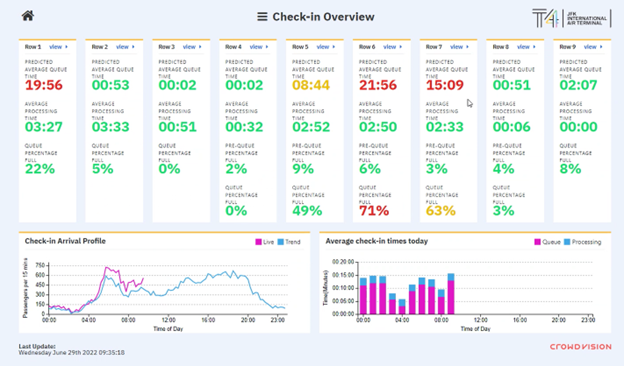
Check-in Overview Dashboard. JFK T4 utilizes a real-time dashboard that displays information such as predicted average queue time and average processing time. Image credit: JFK T4 and Copenhagen Optimization